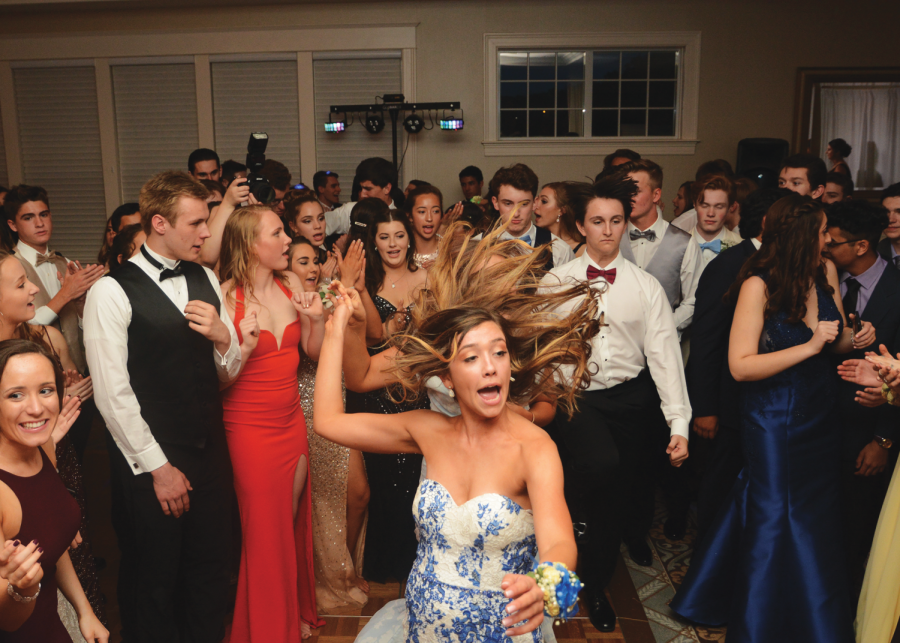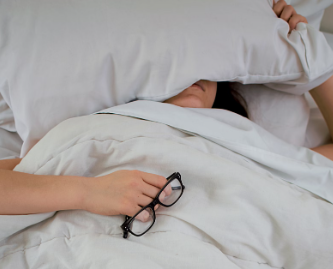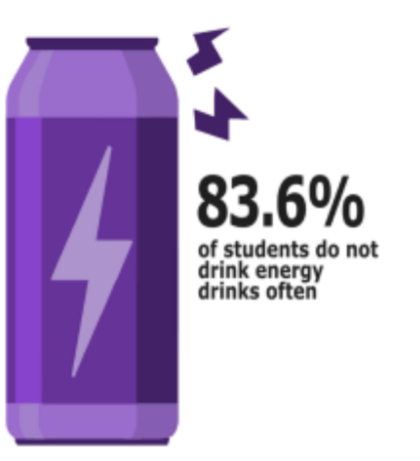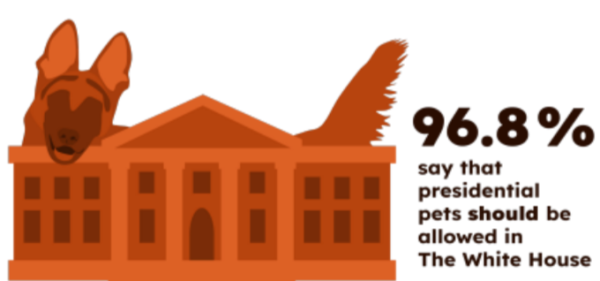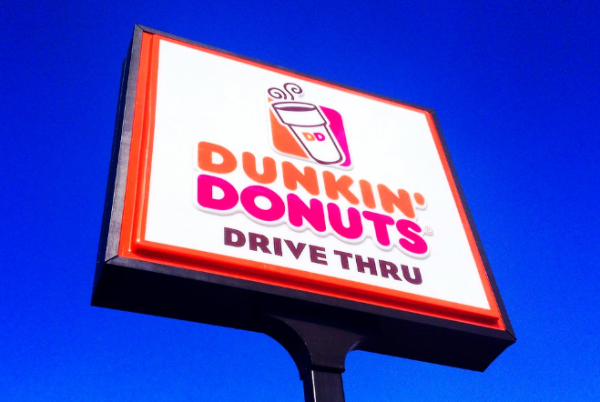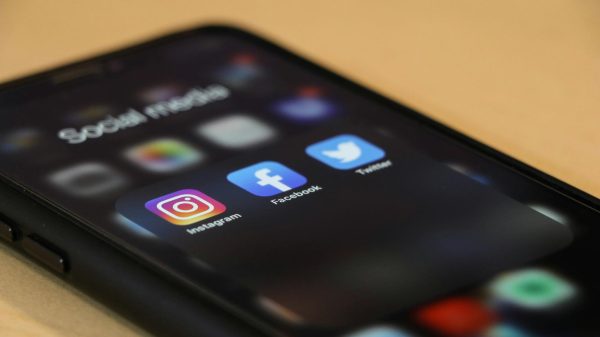Prom season places social equality at risk
Students dance at CHS prom on May 11, 2018 at Trump National Golf Course.
May 10, 2019
The season of promposals, Instagram posts and shopping has begun in a rite of passage for all teenage girls: prom. From buying dresses to posting on social media, modern prom rituals send damaging messages about the value of conventional beauty, sexism and class.
Modeled after a formal ball for the elite to socialize, prom caters to the upper class and average upper-class girl. According to CNN, families spend an average of $1,139 on the occasion, disadvantaging lower-class families who cannot keep up with the outrageous costs of dresses and shoes, along with professional tanning, hair and makeup. Visa’s 2012 Prom Spending Survey estimated that the total amount Americans spend on prom is approximately $4 billion per year.
But, preparation typically only begins after elaborate, public promposals with posters, flowers and sometimes full-blown performances. This new tradition is often expensive, too.
Now more than ever, social media helps document prom culture. Online photos allow girls to compare themselves to others, which creates an ongoing beauty contest. In fact, 80 percent of girls said they competed with peers over prom appearance, according to CNN.
Above all, prom sends the message that heterosexuality is the ideal. According to the Gay Lesbian and Straight Education Network, same-sex couples are frequently not allowed to attend dances together and if allowed, they may be ineligible for couple discounts on tickets or not taken into account regarding nominations for Prom King and Queen.
Although girls are pushing back the pressure by attending prom with friends or asking their date, prom still manages to be a cultural dilemma, as it caters to the rich, heterosexual and popular.



